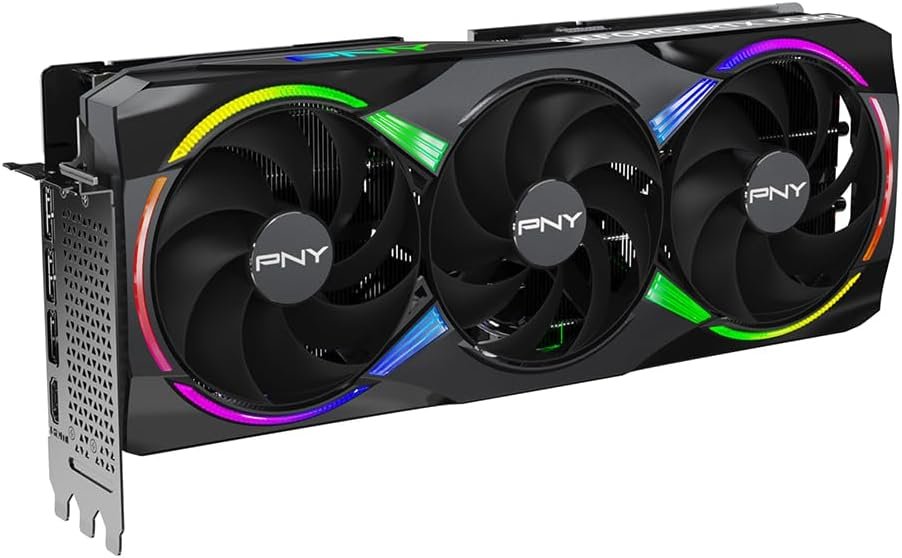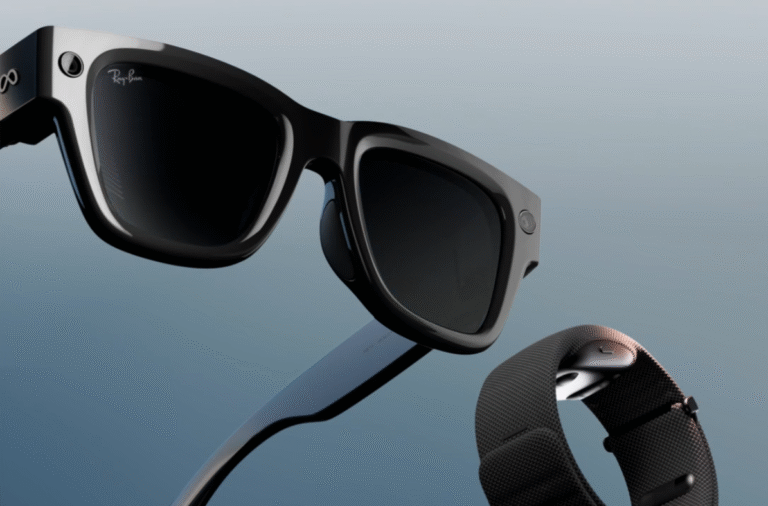The Nvidia GeForce RTX 5090 Graphics Card is a powerful addition to Nvidia’s lineup, offering top-tier performance and cutting-edge features for gamers, creators, and professionals alike. This review will explore its physical design, detailed specifications, and outline both the strengths and weaknesses to help determine who this card is truly ideal for.
Design Overview
Nvidia has refined its design with each generation, and the RTX 5090 continues this trend. The card features a dual-fan, flow-through cooler architecture with a more angular and aggressive look compared to previous models. With an all-metal shroud and black matte finish, it’s visually minimal yet assertive — tailored for both showcase builds and workstation rigs.

Physical Dimensions
- Length: ~13 inches (330mm)
- Width: Triple-slot
- Height: 5.4 inches (137mm)
- Weight: ~2.2 kg (4.8 lbs)
Ports and Connectivity
- 3x DisplayPort 2.1
- 1x HDMI 2.1a
- Power: 16-pin (12VHPWR) with included 3x 8-pin adapter
Technical Specifications
| Component | Specification |
|---|---|
| GPU Architecture | Ada Lovelace-Blackwell Hybrid (Lovelace Refresh) |
| CUDA Cores | 24,576 |
| RT Cores | 3rd Gen Ray Tracing Cores |
| Tensor Cores | 4th Gen AI Tensor Cores |
| Base Clock | 2.5 GHz |
| Boost Clock | 2.9 GHz |
| Memory Configuration | 32GB GDDR7 |
| Memory Bus | 512-bit |
| Memory Bandwidth | 1.5 TB/s |
| TDP (Power Draw) | 450W |
| PCIe Interface | PCIe Gen 5.0 |
| Cooling Solution | Vapor Chamber w/ Dual-Axial Fans |
| DLSS Support | DLSS 4.0 |

Pros of The Nvidia GeForce RTX 5090 Graphics Card
- Unmatched Performance Ceiling:Delivers ultra-high settings at 4K/8K.
- Next-Gen Memory – GDDR7: Improved bandwidth and efficiency.
- DLSS 4.0 Support: AI-enhanced upscaling with frame generation.
- Advanced Ray Tracing: High fidelity with minimal FPS impact.
- PCIe 5.0 Compatibility: Future-proof bandwidth support.
- Thermal Efficiency: Stable temperature with vapor chamber cooling.
- Creative Workload Optimization: Ideal for 3D rendering and AI work.
- Future-Proofing: 4–5 years of relevance for high-end tasks.
Cons of The Nvidia GeForce RTX 5090 Graphics Card
- High Power Consumption: Requires a 1000W+ PSU.
- Size and Compatibility Issues: Not ideal for small cases.
- Premium Pricing: Expensive for most casual users (Price starting at $1999).
- Diminishing Returns at Lower Resolutions: Overkill for 1080p gaming.
- Adapter Reliance: Bulky cable setup if no native 16-pin PSU.
- Heat Output: Raises ambient temperature in the case.
- Software Optimization: Developers may need time to fully utilize it.
- Limited XR Ecosystem: VR/AR apps still catching up with hardware potential.
Who Will Benefit Most From the RTX 5090?
- Professional 3D Artists & Animators
- AI Developers & Researchers
- High-End Streamers & Creators
- VR/AR Developers
- Hardcore 4K/8K Gamers
- Sim Racing & Flight Sim Enthusiasts
Conclusion
The Nvidia GeForce RTX 5090 Graphics Card stands as a technological showcase combining bleeding-edge design, raw horsepower, and next-gen features.
While it’s not designed for the average gamer, it shines in heavy-duty creative workflows, cutting-edge gaming rigs, and forward-facing development environments.
It comes with power, size, and budget requirements that won’t fit everyone, but for the right users it’s a future-ready tool that delivers across the board.
Buy on AmazonThis post contains affiliate links. If you click on a link and make a purchase, I may earn a small commission at no extra cost to you. This helps support the blog and allows me to continue providing content. Thank you for your support!







